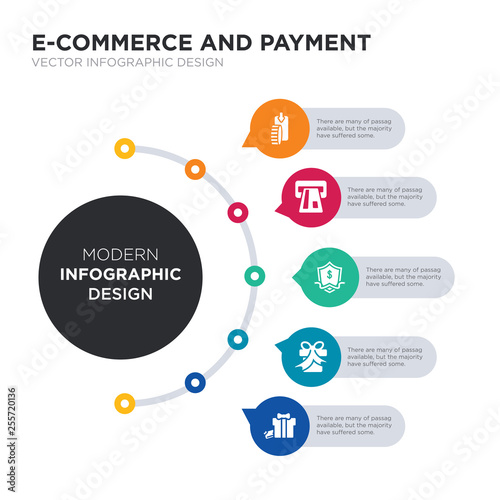The Background of Glass Inscription
Created in the Middle East and Egypt on hardstone, copper wheel engraving made it through as a craft in seventeenth century Bohemia and Dresden on glass. It was utilized for a range of objectives, consisting of showing the imperial double-headed eagle (Reichsadlerhumpen) and allegorical themes.
Engravers of this duration progressively deserted linear quality in favour of crosshatched chiaroscuro impacts. A couple of engravers, such as Schongauer and Mantegna, dealt with glass with a sculptural sensation.
Ancient Art
By the end of the 17th century, nonetheless, diamond-point engraving was being replaced by wheel engraving. 2 noteworthy engravers of this duration are worth reference: Schongauer, who increased the art of glass inscription to match that of paint with works like Saint Anthony Tortured by Demons, and Mantegna, that shaded his drawings with brief scribbled lines of differing size (fig. 4) to accomplish chiaroscuro results.
Other Nuremberg engravers of this time consisted of Paul Eder, who excelled in fragile and tiny landscapes, and Heinrich Schwanhardt, that engraved engravings of great calligraphic high quality. He and his boy Heinrich likewise created the method of engraving glass with hydrofluoric acid to produce an impact that resembled glass covered in ice. The etched surface area could after that be reduced and engraved with a copper-wheel. This technique is employed on the rock-crystal ewer shown below, which combines deep cutting, copper-wheel inscription and sprucing up. Determining the inscribing on such pieces can be tough.
Venetian Glass
When Venice was a European power, Venetian glassmakers took the lead in several high value-added industries. Unlike fabrics and style, glassmaking retained a tradition of innovative strategies. It also brought seeds of the attractive grandeur symbolized in Islamic art.
Nonetheless, Venetian glassmakers were not eager to share these ideas with the remainder of Europe. They maintained their craftsmen cloistered on the island of Murano so they would not be influenced by brand-new fads.
Even though demand for their product ups and downs as preferences changed and rival glassmakers emerged, they never ever shed their interest wealthy patrons of the arts. It is as a result not a surprise that inscribed Venetian glass appears in numerous still life paints as an icon of deluxe. Often, a master gem cutter (diatretarius) would cut and embellish a vessel at first cast or blown by an additional glassworker (vitrearius). This was a pricey endeavor that required fantastic skill, persistence, and time to create such in-depth job.
Bohemian Glass
In the 16th century, Bohemian glassmakers adjusted the Venetian dish to their very own, developing a much thicker, more clear glass. This made it easier for gem-cutter to carve in the same way they carved rock crystal. Additionally, they established a technique of cutting that permitted them to make really in-depth patterns in their glasses.
This was complied with by the production of tinted glass-- blue with cobalt, red with copper and light environment-friendly with iron. This glass was prominent north of the Alps. Additionally, the slender barrel-shaped cups (Krautstrunk) were additionally prominent.
Ludwig Moser opened a glass design workshop in 1857 and succeeded at the Vienna International Exhibit of 1873. He established an entirely engraved baby keepsake incorporated manufacturing facility, providing glass blowing, polishing and engraving. Till the end of World War II, his company dominated the market of personalized Bohemian crystal.
Modern Craft
Engraving is one of the earliest hand-icraft methods of attractive improvement for glass. It demands a high degree of precision as well as an imaginative creativity to be effective. Engravers have to likewise have a sense of make-up in order to tastefully integrate glossy and matte surface areas of the cut glass.
The art of engraving is still active and successful. Modern techniques like laser inscription can achieve a greater level of information with a higher speed and precision. Laser technology is additionally able to produce layouts that are less at risk to breaking or cracking.
Inscription can be used for both commercial and decorative objectives. It's popular for logo designs and trademarks, in addition to decorative decorations for glassware. It's likewise a popular method to add personal messages or a victor's name to trophies. It's important to keep in mind that this is a dangerous task, so you should constantly make use of the suitable safety devices like safety glasses and a respirator mask.

Comments on “B2b Uses For Personalized Glass”